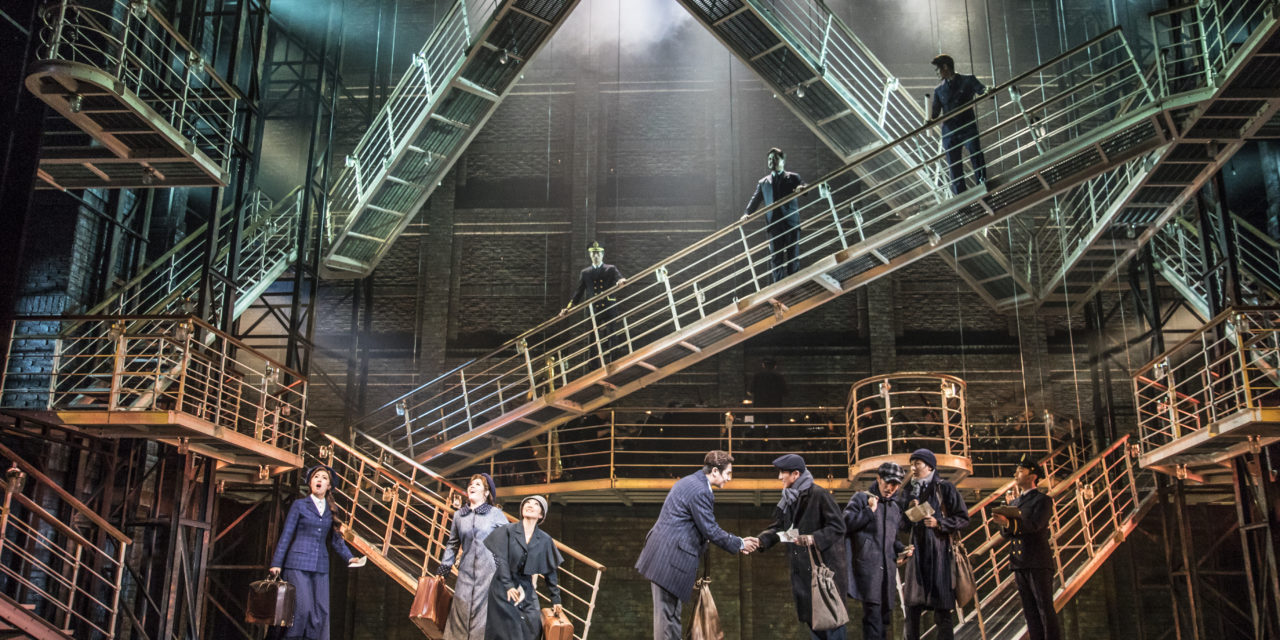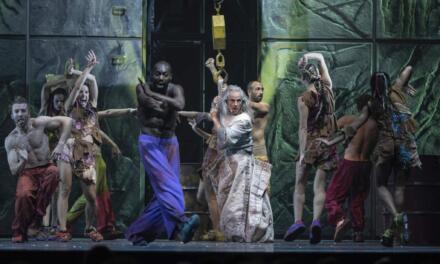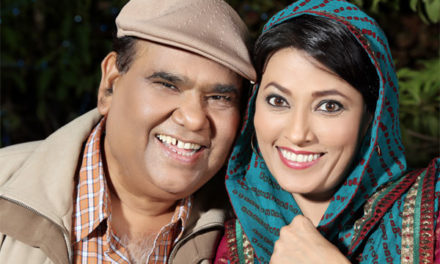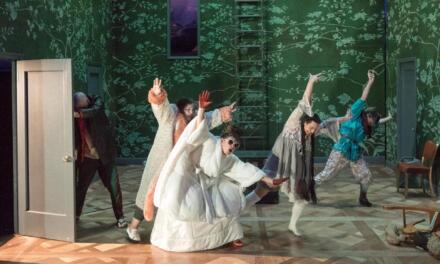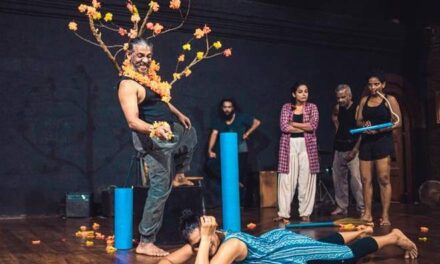I love Titanic, the sweeping Broadway musical with a book by Peter Stone and a score by Maury Yeston that originally opened on April 23, 1997, at The Lunt-Fontanne Theater in New York. I also spent the better part of 2015 designing musicals in South Korea, an experience that I found to be both fascinating and daunting. So when I learned that Scenic Designer Paul Tate DePoo III had transferred his set design for Titanic at The Signature Theatre in Arlington, Virginia to Seoul, South Korea, I was eager to discuss the experience with him. How did he reimagine Titanic for a new generation and how did he go about moving that vision the other side of the globe?
Michael Schweikardt: The production of Titanic that you designed for Eric Schaeffer at The Signature Theatre in Virginia was eagerly anticipated and enthusiastically received. How did you approach the piece? How does it differ from the original 1997 production?
Paul Tate DePoo III: In October of 2015, Eric Schaeffer told me he had an idea to do Titanic like it had never been done before–completely in the round.
Eric made it clear that he didn’t want to try and recreate the ship onstage. Instead, we imagined an abstract maze of gangways and perches that emphasized class structure more than ship architecture.
Michael Schweikardt: But when you revisited the show in Seoul, Titanic was on a proscenium stage. How did you deal with that transition?
Paul Tate DePoo III: We didn’t want to reimagine the fundamentals of what had worked so well for us in the round so we decided that we would have to “break down” the idea of the proscenium frame. Essentially we selected one perspective on The Signature set from which to start and we began to grow the design from that angle, allowing it to “branch out” as much as possible into the audience. It grew in size and ended up being two levels taller than we had originally.
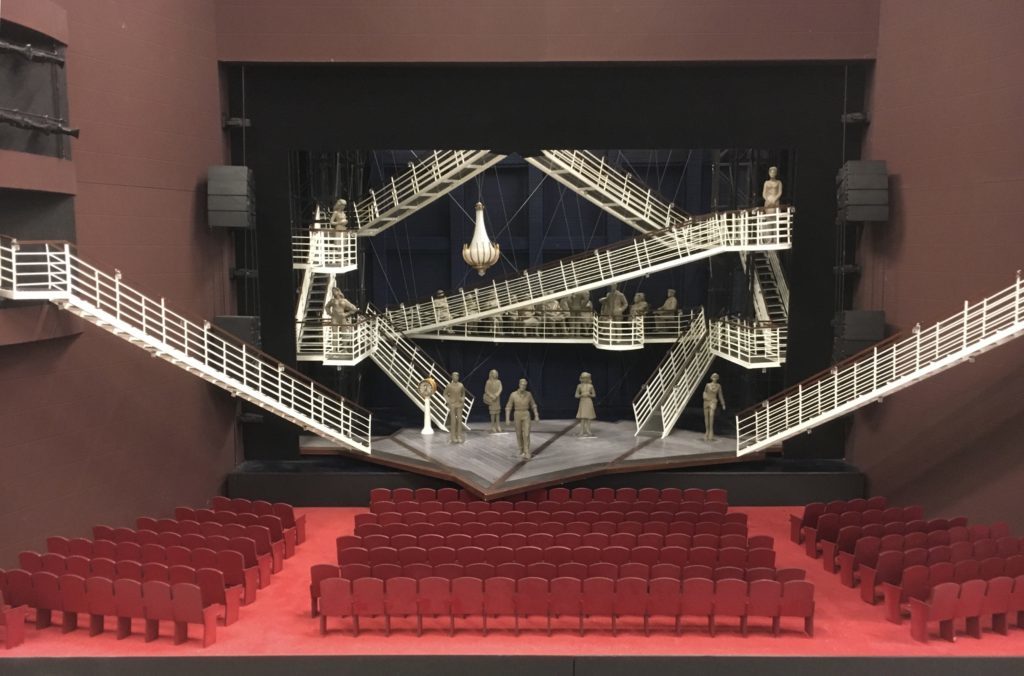
Titanic Model of the set, OD Productions, Seoul, South Korea, Paul Tate DePoo III, Set Designer
Michael Schweikardt: The blockbuster success of recent, long-running shows like Rebecca, Phantom, The Count Of Monte Cristo, and Sweeney Todd seems to suggest an affinity for American Musical Theater in South Korea. Do you have any insight into why these shows are so popular right now with the South Korean audience?
Paul Tate DePoo III: This was my first experience in South Korea and I had no idea how large an industry Musical Theatre is there! I was intrigued so I asked tons of questions about its popularity. In short, everyone I asked told me that South Korean audiences love dramas, scandals, epics, and tragedies.
Michael Schweikardt: And Titanic?
Paul Tate DePoo III: Luckily, Titanic seemed to fit all the criteria!
Michael Schweikardt: How do you account for the longevity that so many productions enjoy there?
Paul Tate DePoo III: I discovered that South Korean performers have what are known as “super-fans.” Productions will schedule multiple performers with a super-fan base to rotate in and out of leading roles. It’s quite smart because it captures a wide variety of audiences. It’s also very common for some super-fans to see a single production over a hundred times if it runs for long enough. I was shocked to learn how many years a production can potentially run.
Michael Schweikardt: Does theater-making in South Korea differ from theater-making in the United States?
Paul Tate DePoo III: Fundamentally, I found the process to be overall quite parallel.
The biggest variance was that once I submitted the designs and the massive model, I really didn’t see much of the process of the execution of the build before arriving at the theatre.
They asked me not to worry. They promised me their artists and engineers would deliver and that I’d be happy with the product. They were right! I was in complete shock when I arrived at tech and they had perfectly recreated my vision (with only asking a handful of questions over the build period.)
I was incredibly grateful.
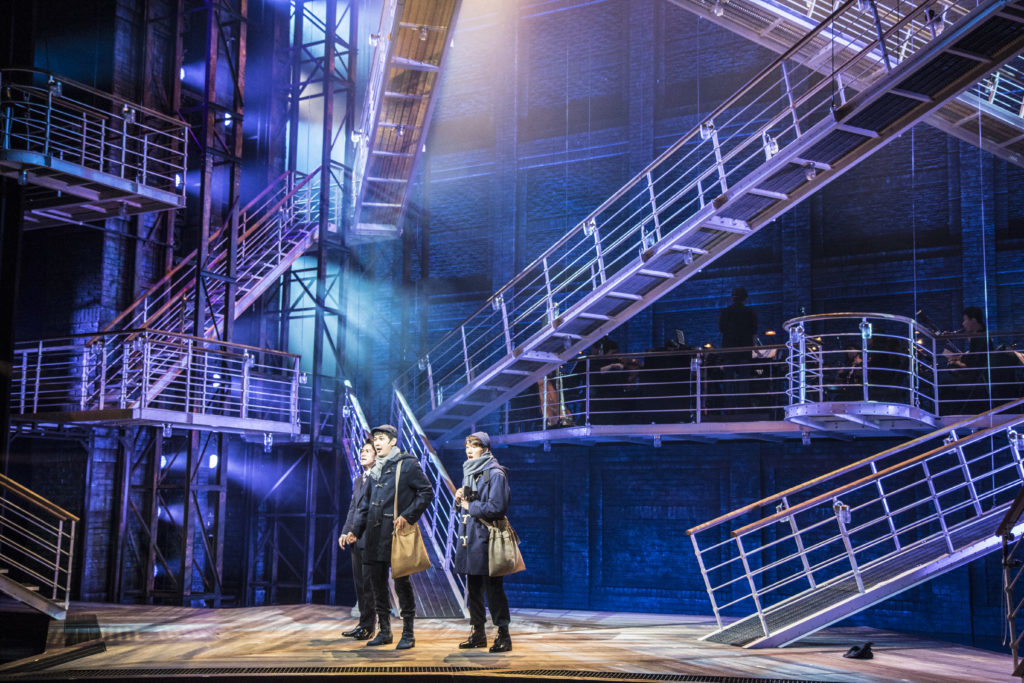
Titanic OD Productions, Seoul, South Korea, Paul Tate DePoo, Set Designer.
Michael Schweikardt: Arguably, set designers rely primarily on visuals to communicate with their collaborators. But they also use language to convey ideas. I am going to go out on a limb and assume that you do not speak Korean?
Paul Tate DePoo III: I only knew two keywords entering the process: “hello” and “thank you.”
Michael Schweikardt: So how did you bridge the language gap? What was it like to make theater with collaborators who speak a different language?
Paul Tate DePoo III: Thankfully, we had several interpreters surrounding us from the first meeting and initially, through these interpreters, the engineers and artists would talk to me about big ideas and how to overcome challenges. But by the end, we all knew what the other person was saying in real time. I thought that was fascinating, as did our interpreters!
Michael Schweikardt: So you found common ground?
Paul Tate DePoo III: Well, it was certainly an illuminating experience to realize that we all speak the same language when creating something onstage.
Michael Schweikardt: Any final takeaway from your international experience?
Paul Tate DePoo III: We’re all in this together no matter what language we speak.
For a beautiful video on this production please visit here.
This post was written by the author in their personal capacity.The opinions expressed in this article are the author’s own and do not reflect the view of The Theatre Times, their staff or collaborators.
This post was written by Michael Schweikardt.
The views expressed here belong to the author and do not necessarily reflect our views and opinions.

